20 Overhyped Celebrity Brands That Flopped Hard
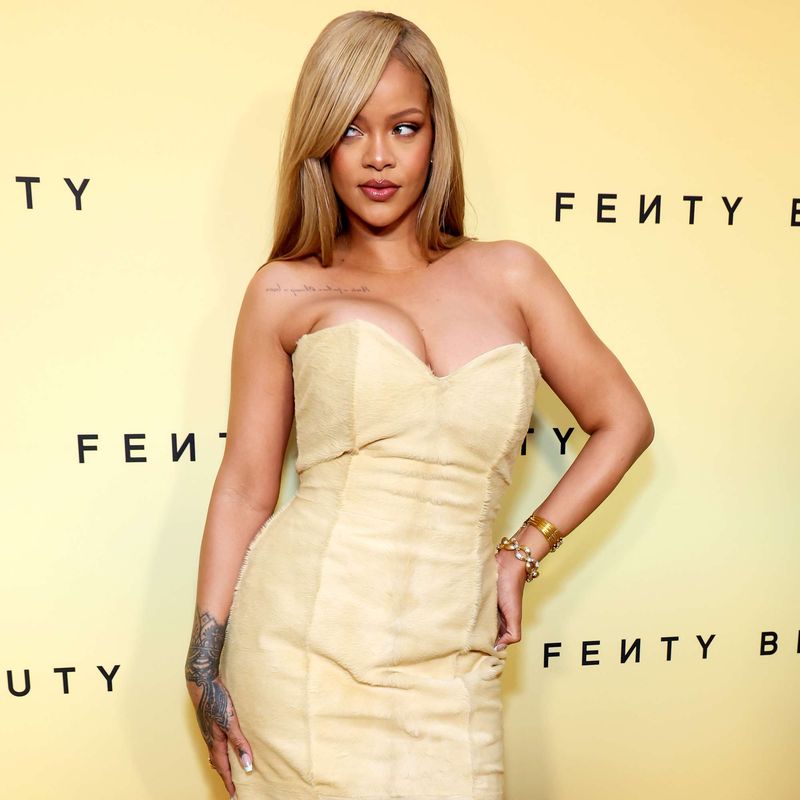
For every celebrity who turns their fame into a billion-dollar empire, there’s another who learns the hard way that star power doesn’t equal sales. From fashion lines that fell apart faster than their stitching to “revolutionary” beauty launches that couldn’t live up to the filters, the world has seen its fair share of overhyped celebrity flops.
1. Kylie Swim by Kylie Jenner
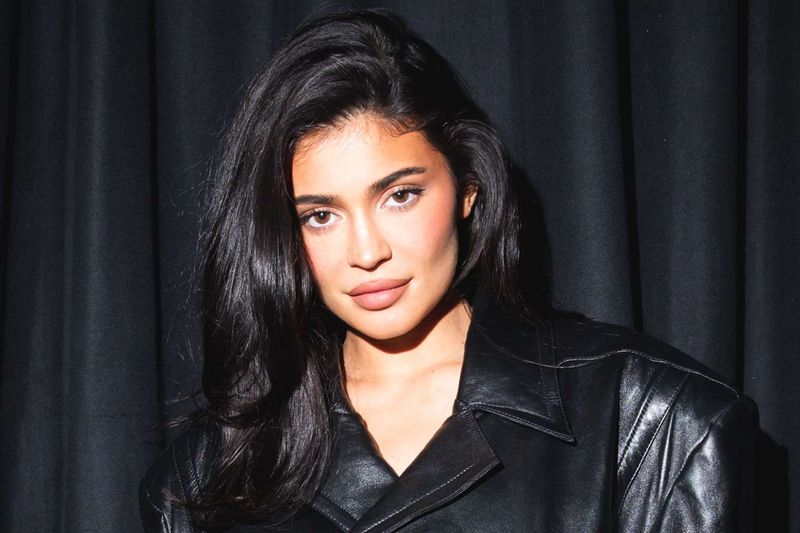
What looked like a sure-fire success quickly turned into a wet disaster. Kylie Jenner’s swimwear line promised sexy designs and sleek aesthetics but delivered see-through fabrics, poor stitching, and awkward fits. Fans took to TikTok to expose the quality issues, and suddenly, the “luxury” label looked like a DIY project gone wrong.
Even loyal Kylie fans couldn’t justify the price tag when the swimsuits arrived looking like craft-store rejects. The backlash was swift, and reviews were brutal — one viral clip showed seams unraveling straight out of the package.
The brand quietly disappeared, never to make a real comeback. It’s proof that even billionaires can’t cut corners when it comes to craftsmanship — or customer trust.
2. KKW Beauty by Kim Kardashian (pre-SKKN)
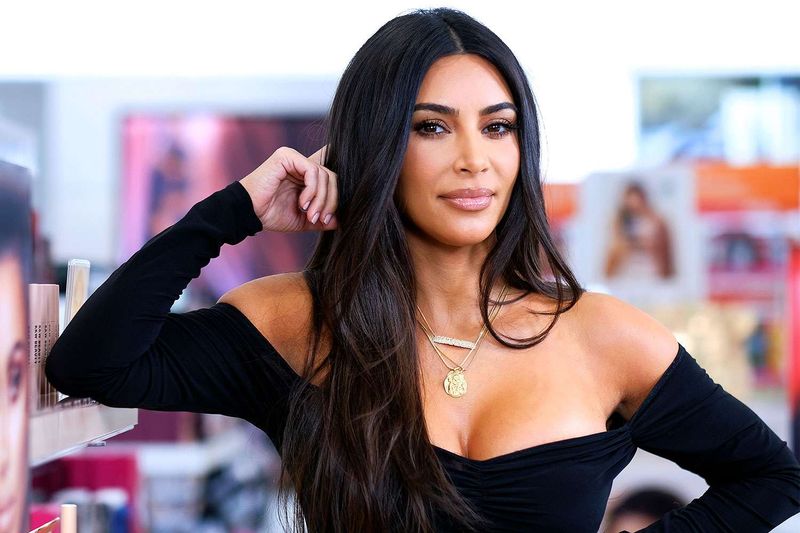
Once hailed as the future of celebrity cosmetics, KKW Beauty launched with massive hype and sold out instantly. Kim Kardashian leveraged her global fame, contouring mastery, and Instagram dominance — and for a while, it worked.
But fans quickly got tired of endless influencer makeup lines that all looked the same. KKW Beauty products started feeling generic, and the brand was eventually shut down in 2021 for a promised “rebrand.” Many believed it was simply an exit from an over-saturated market.
When SKKN by Kim debuted later, the makeover couldn’t fully erase the flop factor of KKW. The lesson? You can’t filter your way to authenticity — even with millions of followers.
3. Rihanna’s Fenty Fashion Line (Fenty Maison)
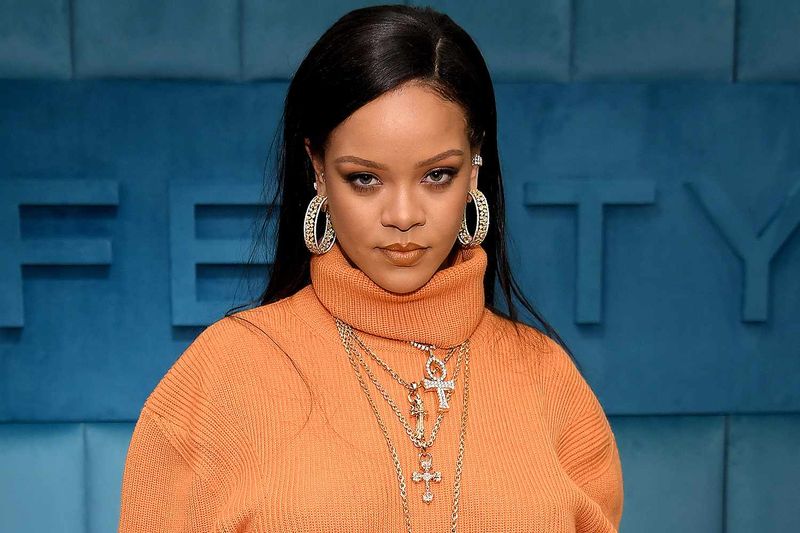
Rihanna’s Fenty Beauty was a hit, but her luxury fashion line with LVMH, Fenty Maison, never quite found its audience. The concept — a high-end fashion house helmed by a pop icon — sounded groundbreaking.
Unfortunately, the clothes were expensive, hard to find, and didn’t feel accessible to her massive fan base. Critics also noted that the designs lacked a clear identity, blending too many trends at once.
Despite the prestige of being under the LVMH umbrella, Fenty Maison quietly folded in 2021. Rihanna proved she could conquer beauty, lingerie, and music — but even she couldn’t make luxury streetwear stick.
4. Haus Laboratories by Lady Gaga
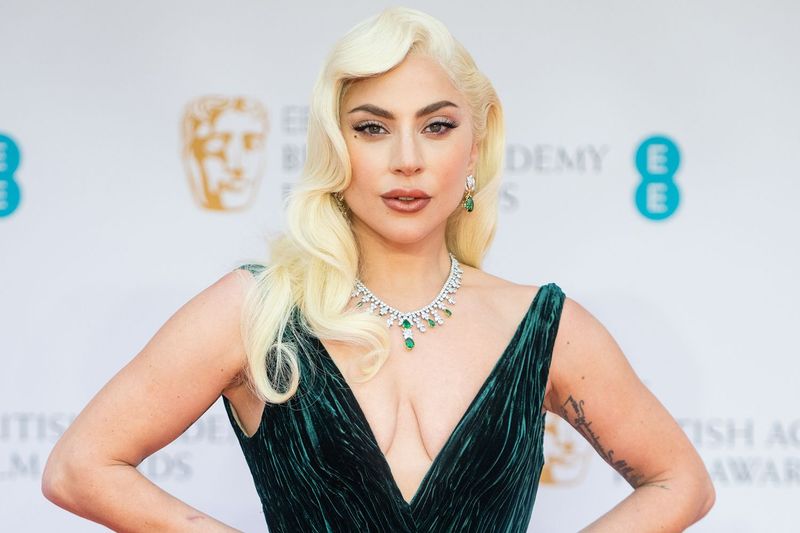
Lady Gaga’s foray into beauty came with sky-high expectations. Fans envisioned bold, theatrical products that captured her eccentric spirit.
Instead, Haus Laboratories launched with bland packaging and underwhelming formulas sold exclusively on Amazon — not exactly the luxury experience Little Monsters were hoping for. Reviews were mixed, and despite Gaga’s star power, the brand faded into the background.
After a relaunch under Sephora, Haus Labs began to regain momentum, but the early misfire stuck. It was a reminder that even icons can misread their audience when they trade artistry for algorithms.
5. Jessica Alba’s Honest Beauty Expansion
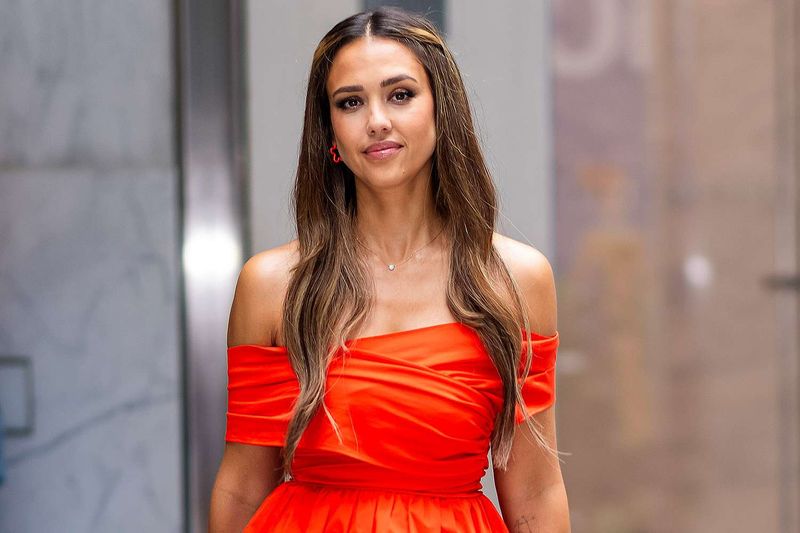
Jessica Alba’s Honest Company started strong with baby products and home goods that tapped into the “clean living” movement. But when she expanded into beauty, things got messy.
Lawsuits over product ingredients and quality concerns dented the company’s squeaky-clean image. Customers began questioning whether “honest” really meant what it said on the bottle.
Although the brand survives today, the overextended beauty division serves as a cautionary tale — sometimes sticking to your niche is the most honest move you can make.
6. Yeezy by Kanye West (Adidas Partnership)

At first, Yeezy sneakers were the epitome of cool — futuristic designs, limited drops, and resale values through the roof. Kanye West turned streetwear into an art form.
But overexposure, escalating prices, and his public controversies eventually sank the partnership with Adidas. When the brand cut ties with Ye in 2022, billions evaporated overnight.
The downfall of Yeezy proved that even revolutionary branding can’t outshine personal chaos. Hype fades fast when headlines outshine the product.
7. Daya by Zendaya
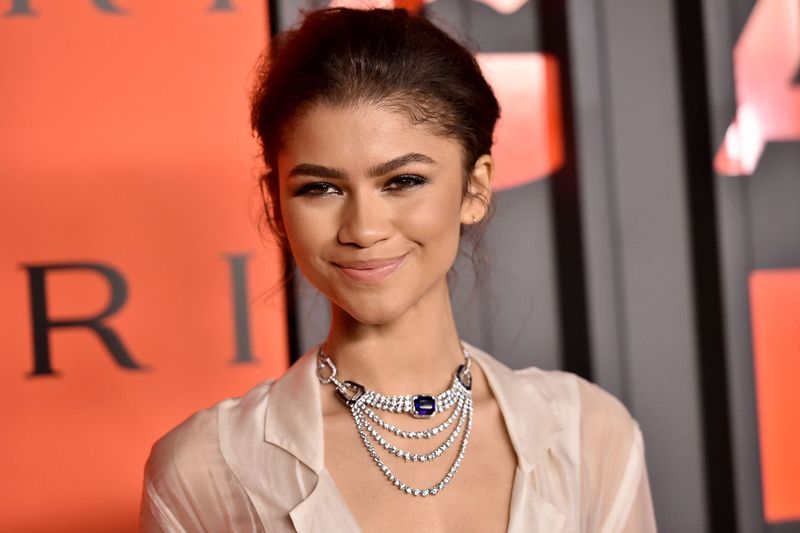
Zendaya’s fashion line was built around inclusivity and affordability — two things the industry desperately needed. Fans loved the mission and the message.
Unfortunately, production delays and distribution issues crippled momentum. Without consistent releases or retail presence, the buzz faded before it could blossom.
The brand quietly shut down, but Zendaya’s career didn’t miss a beat. Sometimes, even the best intentions can’t save a brand from logistical nightmares.
8. Drew House by Justin Bieber

Justin Bieber’s Drew House launched as a laid-back, smiley-face streetwear brand that perfectly matched his mellow vibe. For a while, it was everywhere — TikTokers, influencers, and fans flaunted the oversized hoodies.
Then came oversaturation. With minimal evolution in style and limited drops, the novelty wore off. The prices also didn’t sit right with fans who expected more than basic beige.
While Drew House still exists, it’s become more of a merch brand than a fashion player. Lesson learned: comfort is good, but complacency isn’t stylish.
9. The Jessica Simpson Collection (later years)
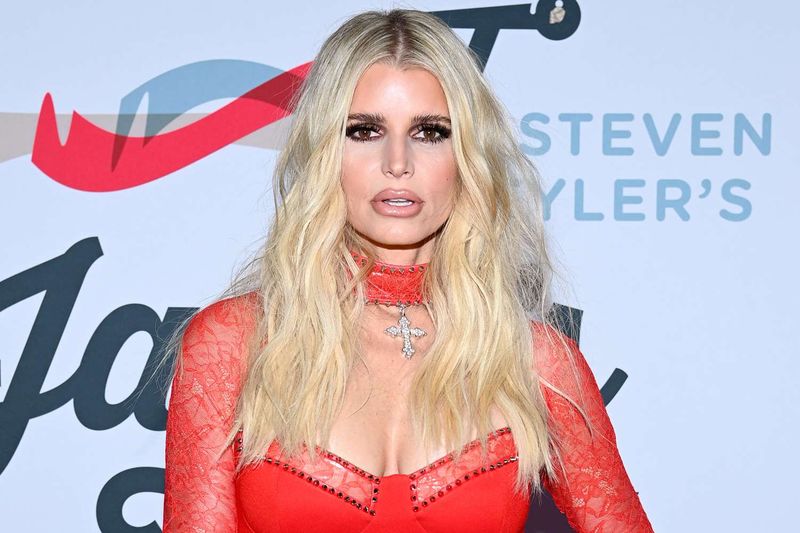
Believe it or not, Jessica Simpson’s fashion empire once raked in a billion dollars in annual sales. Her shoes and handbags were everywhere.
But as retail trends shifted and department stores declined, the brand couldn’t keep up. Bankruptcy followed, and Jessica eventually bought her name back from investors.
The story is bittersweet — proof that even a wildly successful brand can crumble when it leans too hard on nostalgia instead of reinvention.
10. L.A.M.B. by Gwen Stefani
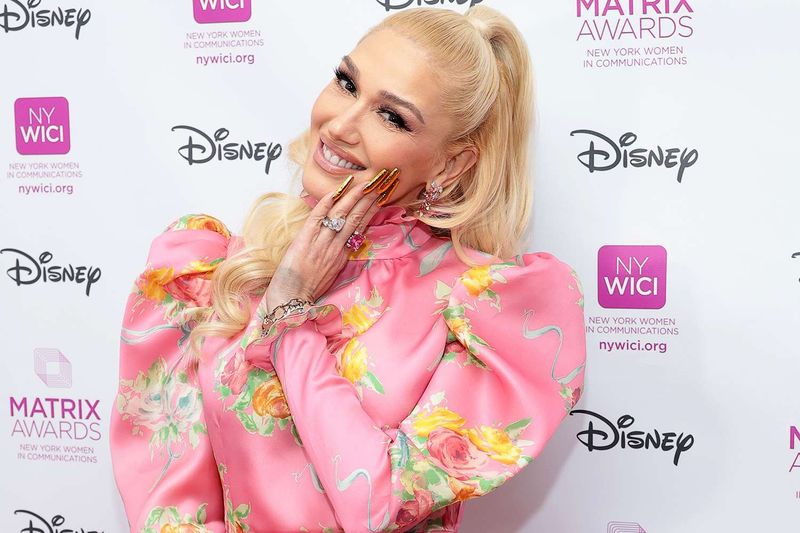
When Gwen Stefani launched L.A.M.B. in the early 2000s, it perfectly captured her edgy, eclectic vibe. Fashionistas were obsessed, and the line had serious momentum.
Over time, though, the market shifted. Prices soared, quality slipped, and Gwen’s music career took precedence. Fans moved on, and L.A.M.B. quietly disappeared from shelves.
It remains a nostalgic memory for millennial fashion lovers — a bold idea that couldn’t keep up with changing trends (or TikTok).
11. Selena Gomez’s Serendipity Ice Cream
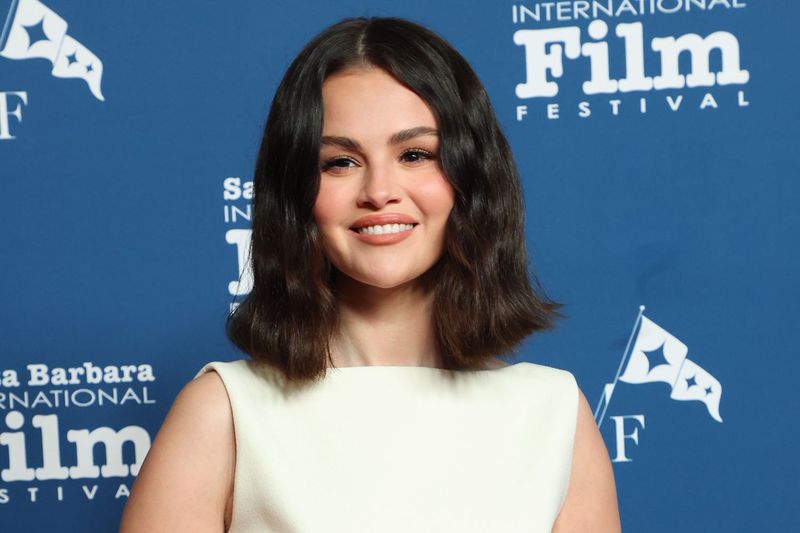
Selena Gomez’s ice cream collaboration with Serendipity was a sweet idea — literally. The flavors were creative, and her fanbase ensured instant sellouts.
But the novelty melted quickly. Consumers weren’t interested in paying premium prices for average ice cream with a celebrity name.
After the initial excitement, the brand fizzled into freezer obscurity. Turns out, fame can’t fix freezer burn.
12. David Beckham’s Haig Club Whisky
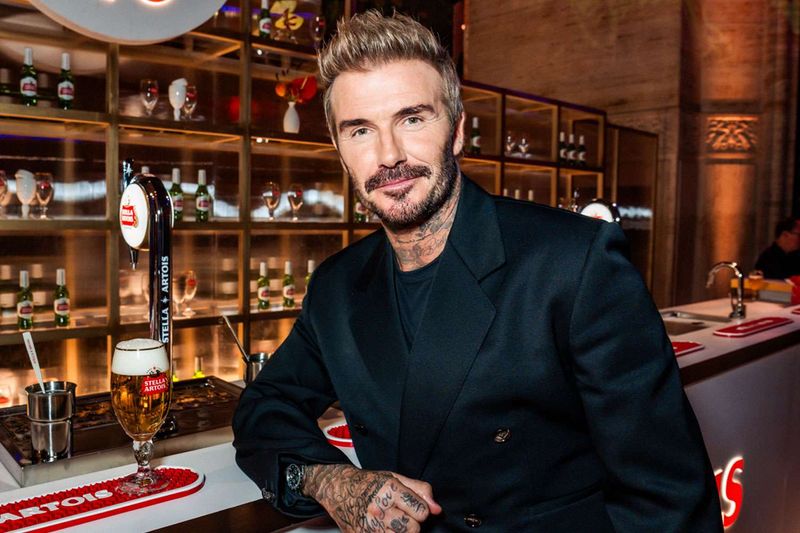
David Beckham’s whiskey brand had one of the slickest launches ever — all blue bottles, sharp suits, and luxury ads.
Unfortunately, critics called the whiskey style-over-substance. Traditional drinkers weren’t impressed, and younger fans weren’t exactly rushing to sip scotch.
Despite Beckham’s global charm, Haig Club failed to become a staple. Sometimes even the best packaging can’t disguise a weak pour.
13. Jay-Z’s Tidal (before selling majority stake)
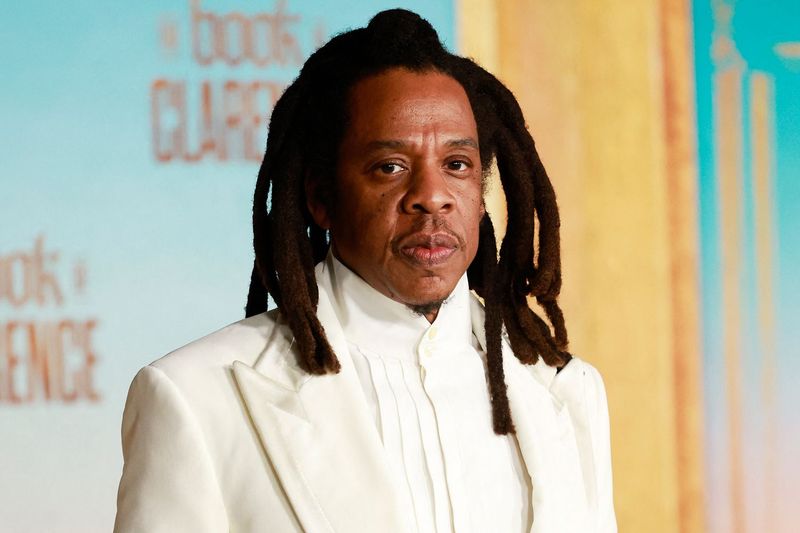
When Jay-Z bought Tidal, he promised a platform that would empower artists and pay them fairly. It was a noble idea — until users compared it to Spotify and Apple Music.
The price was higher, the library was smaller, and the “exclusive” drops often leaked elsewhere. Fans didn’t see why they should pay more for less.
Tidal eventually sold a majority stake, never living up to its revolutionary promises. Even a mogul like Jay-Z learned that great ideals don’t always equal great UX.
14. 50 Cent’s SMS Audio Headphones
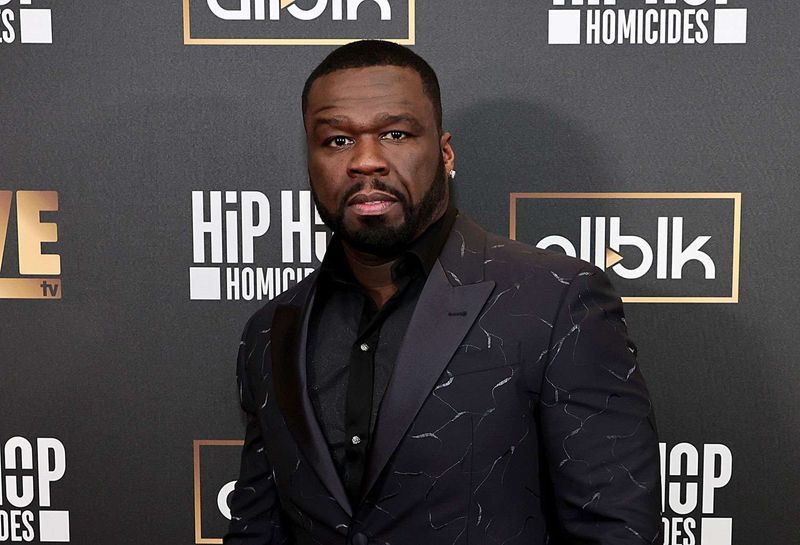
Following the success of Beats by Dre, 50 Cent tried to grab a piece of the headphone market with SMS Audio.
While the designs were solid, they couldn’t compete with Beats’ cultural influence or marketing budget. Add in distribution issues, and the brand was doomed.
By 2017, SMS Audio was effectively dead. The market didn’t want a runner-up — it wanted the sound of success.
15. Mariah Carey’s Black Irish Cream Liqueur

Mariah Carey’s Irish cream brand launched with festive fanfare, just in time for the holidays. The bottle was beautiful, and her marketing — complete with “All I Want for Christmas” vibes — was spot on.
But the product faced legal drama over its name and struggled to gain shelf space outside limited markets. Fans loved Mariah but didn’t rush to restock.
In the end, it became more of a collector’s curiosity than a Christmas tradition. Even the queen of Christmas can’t sell a spirit that no one can find.
16. Lindsay Lohan’s 6126 Leggings Line
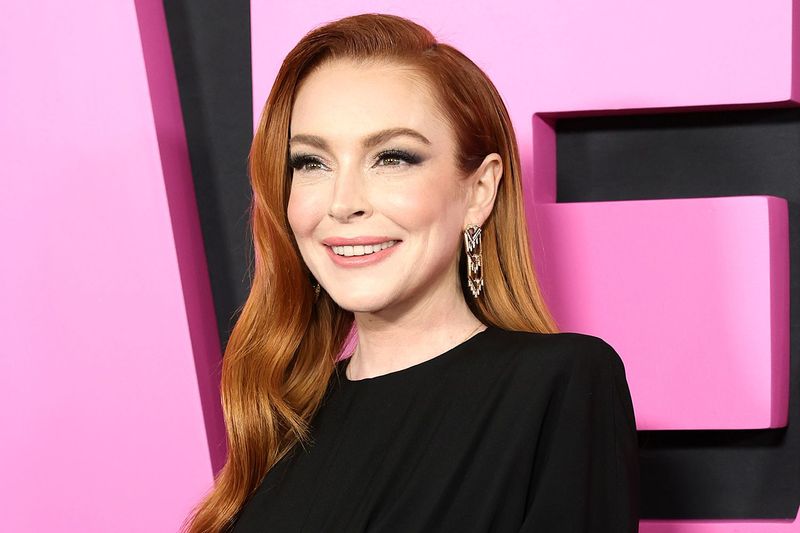
Lindsay Lohan’s fashion line arrived during the height of the leggings craze — but by then, the market was already flooded.
The brand promised luxury materials and chic designs but delivered little innovation. Combined with Lohan’s personal controversies, retailers quickly lost interest.
It faded faster than a tabloid headline, reminding everyone that timing really is everything in fashion.
17. Jessica Simpson Dessert Beauty
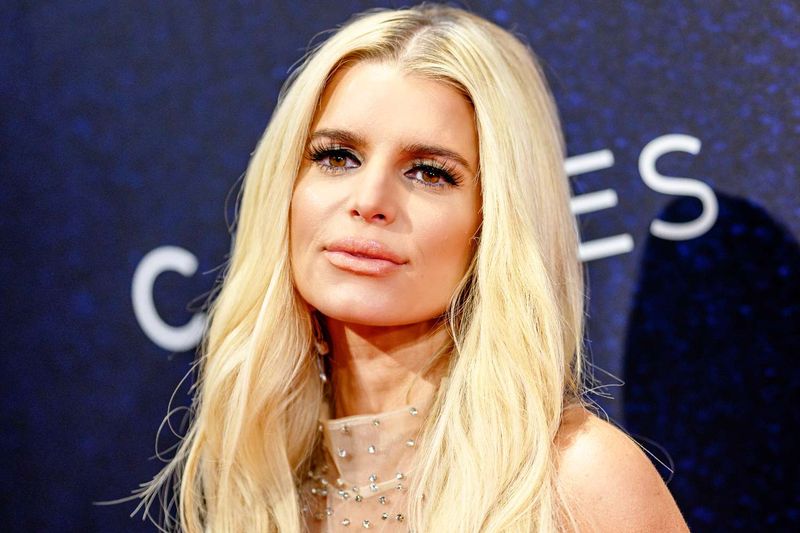
An edible beauty line sounds like fun — until you realize most people don’t want to lick their lotion. Jessica Simpson’s “Dessert Beauty” launched in the early 2000s with candy-scented body sprays and lip glosses.
At first, it felt nostalgic and playful. But consumers soon found the products too gimmicky and sticky (literally).
The brand disappeared within a few years, leaving behind a legacy of sugary scents and one giant “what were we thinking?”
18. Rachel Zoe’s Fashion Line
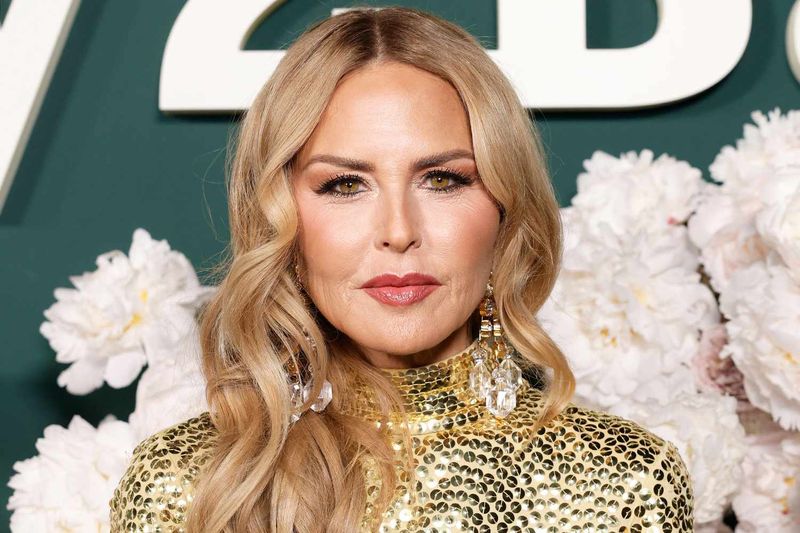
Stylist-turned-celebrity Rachel Zoe brought serious fashion credibility to her brand. Her line offered sleek, professional pieces that mirrored her own wardrobe.
But without a distinct niche or affordable price point, it never stood out in a crowded market. Even glowing press couldn’t save lackluster sales.
The collection’s quiet fade proved that even the most stylish names can’t thrive without strong consumer connection.
19. Nicole Richie’s House of Harlow (revival attempts)
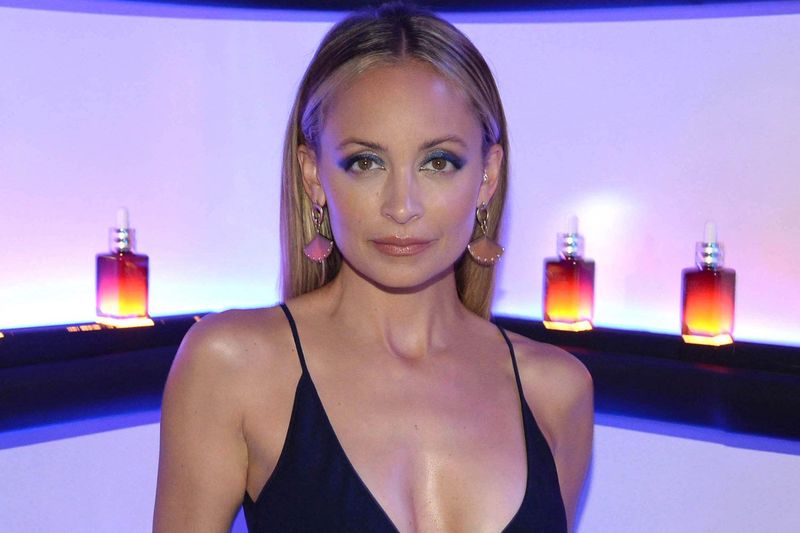
Nicole Richie’s House of Harlow 1960 had an amazing start — boho chic, vintage vibes, and a cult following.
However, subsequent relaunches struggled to replicate that early magic. Trends evolved, but the brand’s aesthetic stayed stuck in time.
It’s a reminder that nostalgia sells — but not forever. Even style icons have to evolve or fade into fashion history.
20. Bella Hadid’s Kin Euphorics
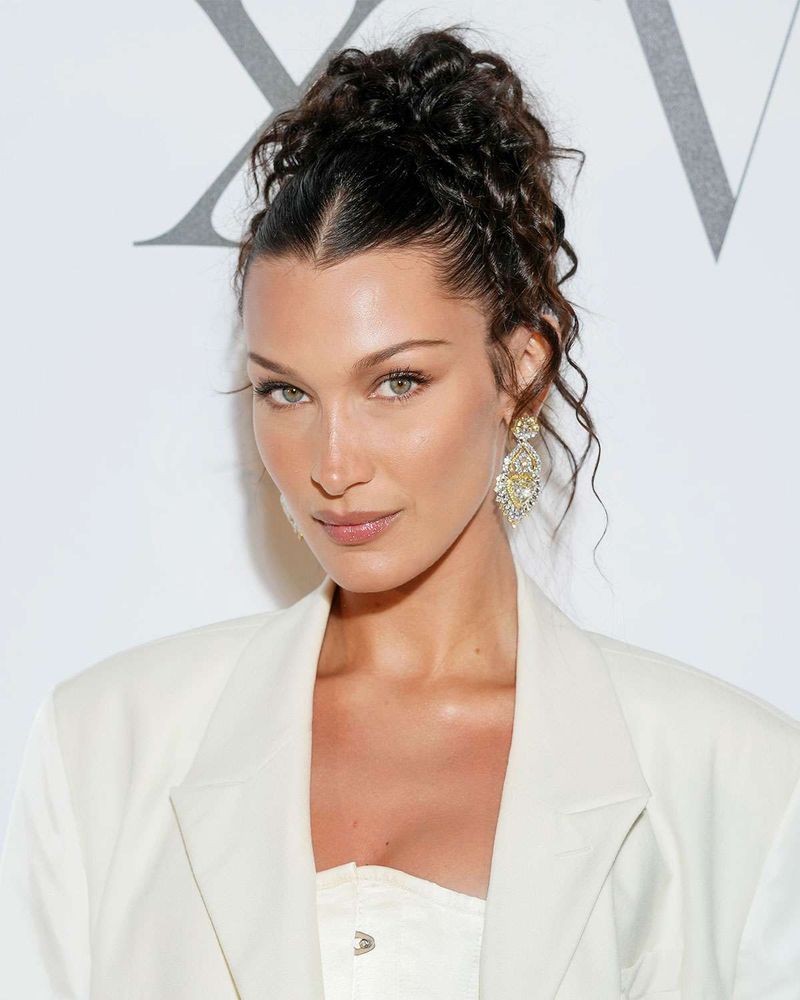
Bella Hadid’s wellness drink brand promised calm, focus, and good vibes in a can. The branding was chic, the marketing stunning, and the influencer push massive.
But customers were underwhelmed. Many found the taste off-putting, and the benefits unconvincing. The hype quickly died down after social media’s initial curiosity.
Kin Euphorics might not be a total failure, but it’s far from the lifestyle revolution it claimed to be. Pretty packaging can’t replace genuine value — not even in a perfectly lit Instagram story.

Comments
Loading…